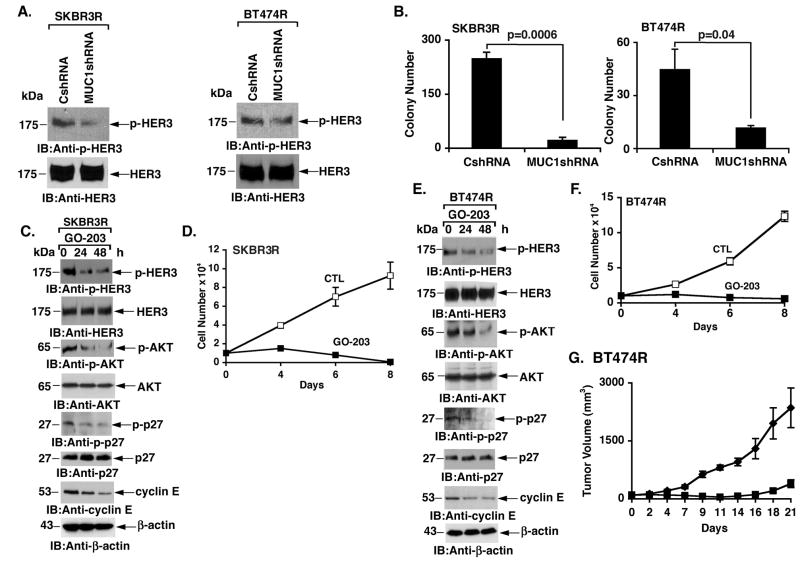Figure 5. Targeting MUC1-C in trastuzumab-resistant cells suppresses HER3 activation and inhibits growth and clonogenic survival.
A. Lysates from the indicated SKBR3R (left) and BT474R (right) cells were immunoblotted with anti-p-HER3 and anti-HER3. B. The indicated SKBR3R (left) and BT474R (right) cells were seeded at 4000 and 1000 cells/well, respectively, and incubated for 12 d. The colony number is expressed as the mean±SE of three replicates. C. SKBR3R cells were treated with 5 μM GO-203 for the indicated times. Lysates were immunoblotted with the indicated antibodies. D. SKBR3R cells were left untreated (Control; CTL) or treated with 5 μM GO-203 for the indicated times. Cell number (mean±SE of three determinations) was determined by trypan blue staining. E. BT474R cells were treated with 5 μM GO-203 for the indicated times. Lysates were immunoblotted with the indicated antibodies. F. BT474R cells were left untreated (Control; CTL) or treated with 5 μM GO-203 for the indicated times. Cell number (mean±SE of three determinations) was determined by trypan blue staining. G. BALB/c nu/nu mice were injected subcutaneously in the flank with 1 × 107 BT474R cells. The mice were pair-matched when the tumors were 80–100 mm3. Treatment groups consisted of 8 mice injected intravenously with PBS (vehicle control; diamonds) or 7.5 mg/kg GO-203 (squares) each day for 21 days. There was no weight loss in the two groups. The results are expressed as tumor volume (mean±SE for the 8 mice in each group).

